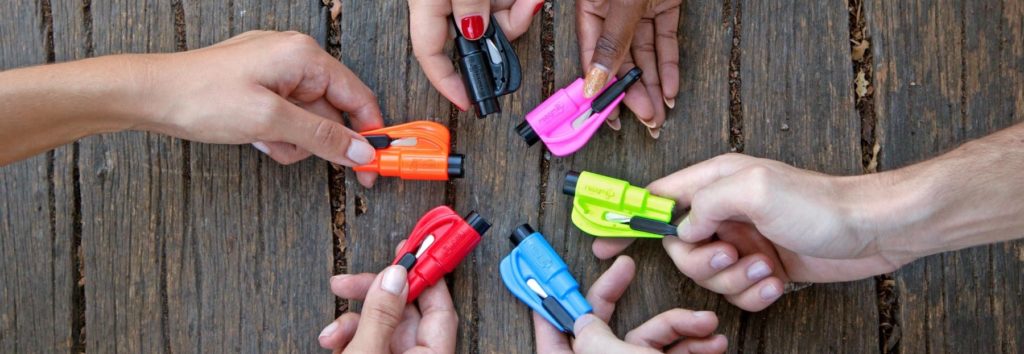Written by Daphne Holmes
Despite our best attempts to remain safe from harm, life presents challenging circumstances that can even develop into rescue operations. As a result, it pays to not only take physical measures to ensure your safety, but to anticipate some of the mental challenges you might face as well. To increase your odds during trying times; keep the proper tools on hand to assist you in an emergency, and try to remember the following standards.
You Can Help Yourself
Stressful situations provoke inconsistent responses, leaving some victims paralyzed with fear and unable to execute common-sense survival moves. Regardless of the emergency at hand; it is important to keep your sensibilities and do everything within your power to improve your circumstances. While you may not be a trained medic or emergency responder, you have the most to lose in a crisis situation. Protecting and defending your life starts with advanced preparation, but thinking on your feet also increases your chances for a positive outcome.
You are in Good Hands
Once professionals are on the scene, you can help them by trusting their training and accepting their help. Remember, rescue personnel share your desire for a positive outcome, so giving them your vote of confidence can make the difference between a successful rescue and a failed attempt. Whether you are trapped in your car or need CPR, trained responders are in the best position to help you – once you’ve done everything you can on your own.
Prepare in Advance
Unanticipated circumstances arise quickly and require immediate responses. So while you can’t always predict how incidents will unfold, advanced preparation gives you the best chance of walking away unscathed. Car accidents, for example, are often weather related, so knowing the conditions you’ll face before taking to the roads is a responsible approach to winter driving. And keeping your car tuned-up and functioning properly also reduces the chances you’ll be left in a compromising position.
First aid supplies and an emergency tool should also be part of your proactive safety program. Keeping a tool on hand allows users to practice their emergency responses, so that carrying them out will be like second nature in the event of an actual emergency. By going through the motions ahead of time, accident victims prepare to cut their automobile safety belts or break their car windows in seconds, when survival is at stake.
Follow Instructions
Regardless of the type of emergency that sneaks up on you, it is essential to use all the survival tools at your disposal to diffuse the situation. Emergency responders and other trained personnel have experience on their side, so following instructions precisely leads accident victims to safety.
Above all, try to stay calm as you work with rescue personnel, who are only trying to remove yourself from harm’s way. Keeping your wits about you enables you to digest and respond to directions more effectively than you might when frantic. Your ability to focus on the important matters at hand is also enhanced when your emergency response is steady, so an even-keel actually increases your chance of survival.
Breathe
Regulating your breathing in a relaxed steady rhythm helps you stay focused, and keeps oxygen flowing through your system at critical times. While breathing is involuntary, disrupted patterns can complicate matters during an emergency rescue. To help breathe consistently during a rescue, practice normal rhythms when you are not under stress. That way, you won’t even have to think about it during a genuine emergency.
Staying prepared with the proper tools and training are essential for safety and security; especially on the road where circumstances change rapidly. To increase your chances of a positive outcome, do everything possible to save yourself, and then work with emergency responders to ensure your safety.
Author:
Daphne Holmes contributed this guest post. She is a writer from www.ArrestRecords.com and you can reach her at daphneholmes9@gmail.com.

